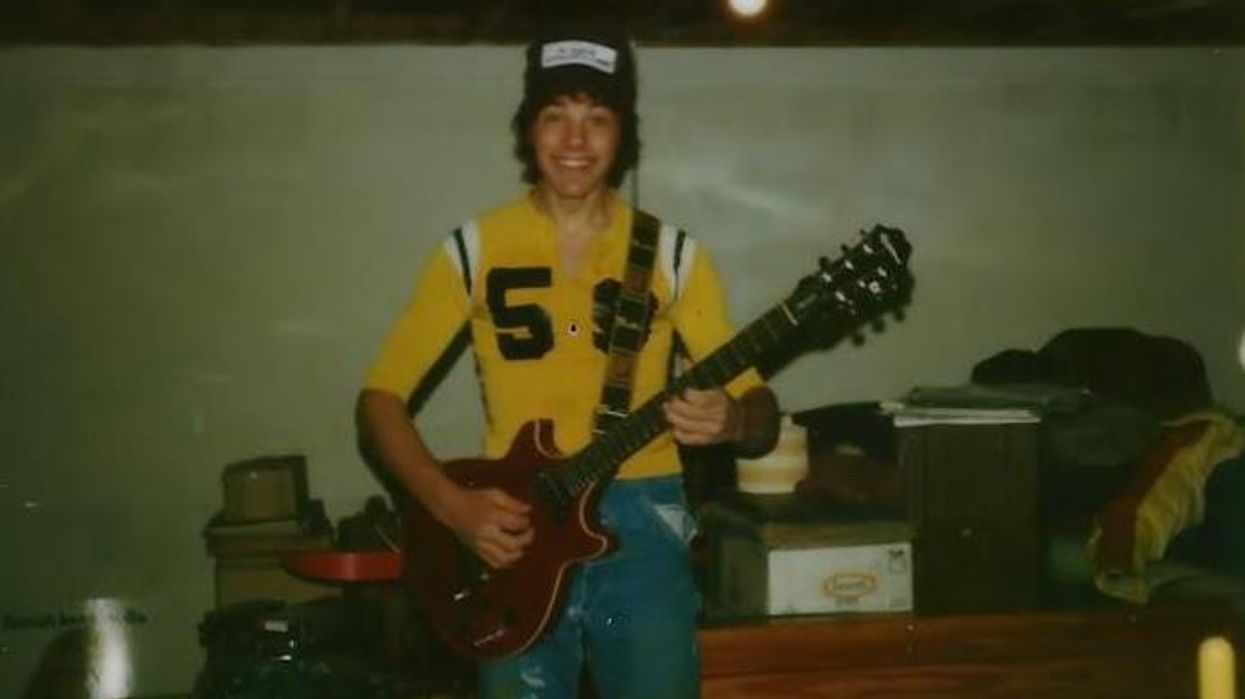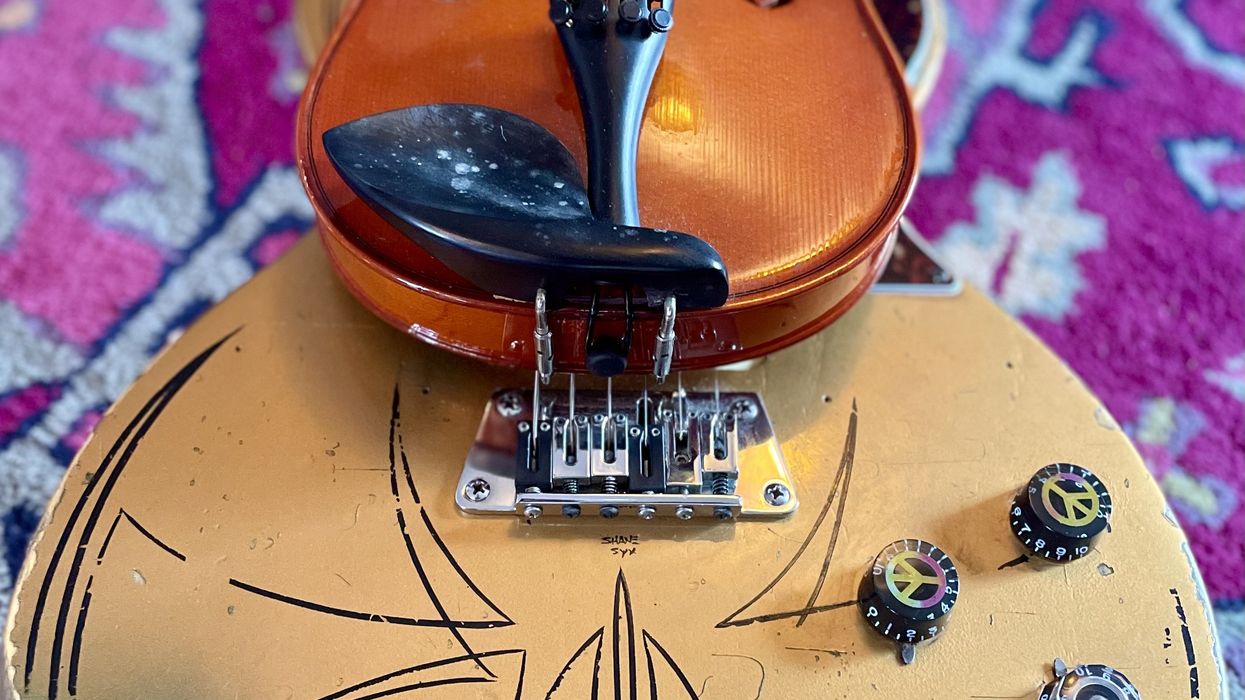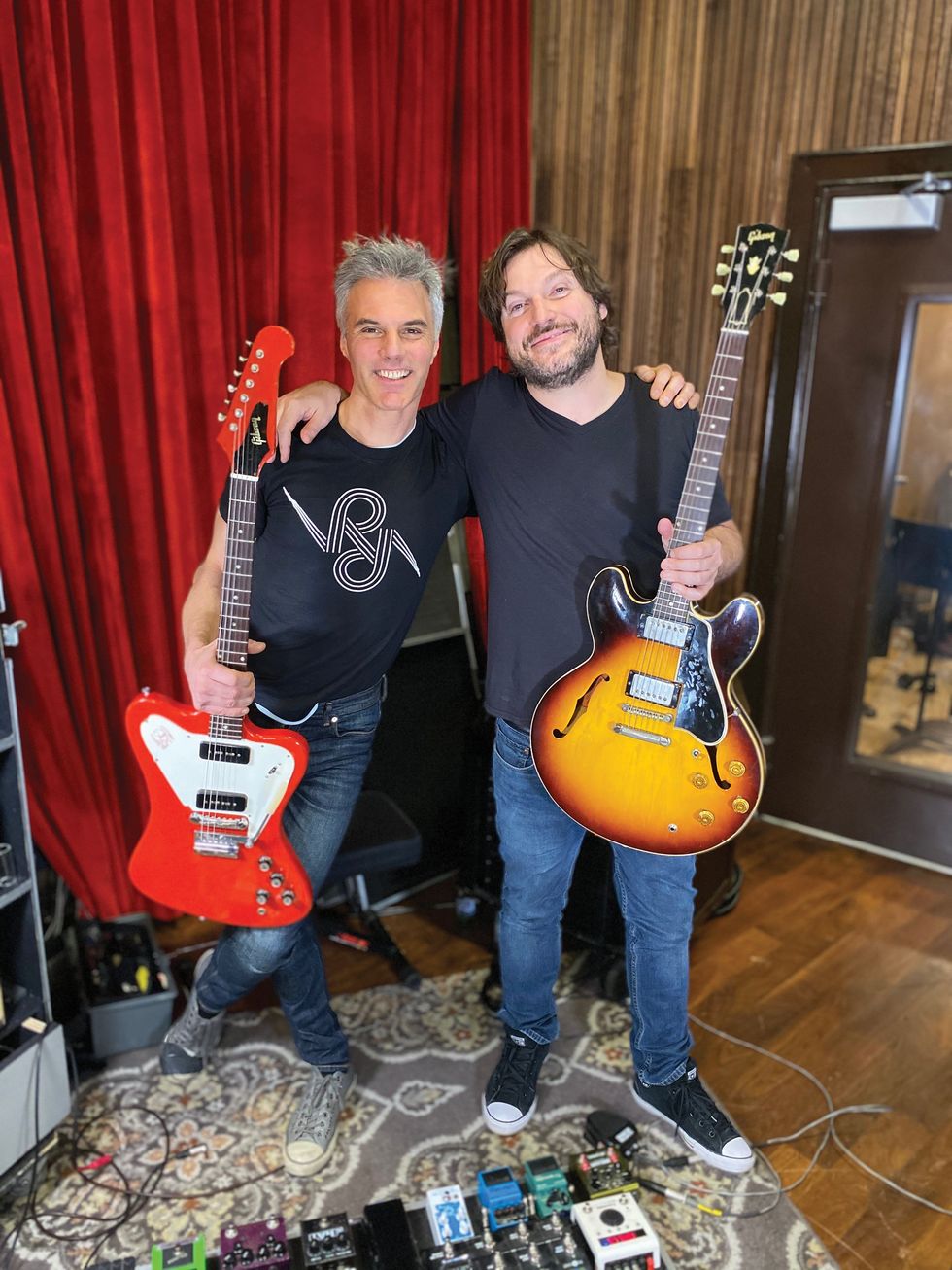Guitar players have their pedals and so do we, but to navigate a song with several different sounds, approaches, or tones, we often need to alter our playing techniques instead of quickly pressing a pedal or switching the pickup selector.
As I’ve mentioned in previous columns, a skill vital to being a great bass player is to be even. Being even is a never-ending quest and can’t be practiced enough, much like playing in tune on a fretless bass. I have colleagues who practice with their eyes focused on a VU meter to achieve maximum evenness. Whatever your method may be, you must practice it vigorously. Once you get to the point where you think, “Hey, I’m getting pretty solid with this stuff,” the real challenge presents itself: How to stay even when switching between techniques in the same song!
Recently, I had to learn “Uptown Funk” by Mark Ronson featuring Bruno Mars. Every time this tremendously popular song came on the radio I rejoiced in how loud the bass is in the mix and how the bass part is rigid, but has enough fills and tricks toward the end of the track to make it feel truly alive. I always thought Mars’ bass player, Jamareo Artis, was great, but my respect for him grew even more while learning this tune. There are quite a few tricky spots, and playing the part evenly while switching positions takes some practice.
Bruno Mars’ bass player, Jamareo Artis, getting busy during the "Uptown Funk" music video.
The bass enters on the second half of the first verse. I made things harder for myself by playing the main bass line fingerstyle to keep the tone warmer (Artis slaps most of the song). That makes some of the quick fills extra challenging. The post-chorus is built on rapid-fire 16th note hits that alternate octaves. If you’re slapping the bass like Artis, you have two things to pull off in that section: switching your right hand position to fingerstyle and making those fast notes tight, which I prefer to do by using left-hand palm muting. Two seconds later a very quick slap lick that needs to fit in seamlessly appears at the 1:20 mark. This part is easy to hear in spite of occurring right in the middle of the normal repeated phrase, which makes it quite a bit harder when switching between fingerstyle and thumping (as Larry Graham calls it). That lick sounds fluid, fairly easy, and funky on the record, but takes practice to pull off.
At the 3:26 mark, there is a brief bass solo of sorts. Everyone but the drummer and Artis drops out, and he plays a pentatonic fill higher up, which has the unmistakable sound of fingers played away from the bridge, closer to the neck. He plays so hard that you can literally hear the strings hit the neck as his fingers press them all the way down before the actual release of the notes. This technique is by nature very loud, so the saving grace is that it’s performed on the D and G strings, which don’t move as much air. To play that fill with that amount of attack and, again, match the volume to the regular bass line is a challenge.
The outro of the song features all kinds of bass ear candy. Every lick used to that point is repeated in between the normal notes of the bass line. The most prominent lick is a horn-doubling riff that repeats throughout the outro and first appears at the 4-minute mark. That horn and bass riff presents yet another opportunity to practice your technique switching, and to make it as smooth as possible.
YouTube It
Follow Jamereo Artis’ funky, percolating, and multi-faceted bass line as he drives “Uptown Funk,” by Mark Ronson featuring Bruno Mars.
If that song is too challenging, start with this exercise. The entire exercise should be played as 8th notes and is only two bars long. Start at a slow tempo and slap the G on the third fret of the E string and pop the G on the 5th fret of the D string. Play this pattern twice and then move up the neck and play the G on the 12th fret of the G string and the G on the 10th fret of the A string, fingerstyle. Repeat this pattern twice, too. Not only are you switching techniques, but you’re also switching the direction of the actual playing by going low/high to high/low. Remember to focus on evenness not only between techniques, but also within the octave. The slap should be the same volume as the pop and vice versa.
The second half of the exercise starts by switching from fingerstyle to slapping and popping the same octave starting on the 10th fret of the A string. The trick is to switch direction and techniques on the same high octave without stopping at all.
Last, you will move down the neck and play the lower octave fingerstyle, starting with the G on the 5th fret of the D string, and drop the octave from there. Increase speed as you get more comfortable and make sure that the volume is nice and even. Your ear will not be distracted by hearing different pitches in this exercise, so it’s easy to diagnose unevenness. When you get fluid, try “Uptown Funk” again. Throwing in the little fingerstyle tricks in the middle of the slapped bass line won’t seem so hard. This skill will obviously carry over into any other song and give you the power to make things a lot more interesting and dynamic.


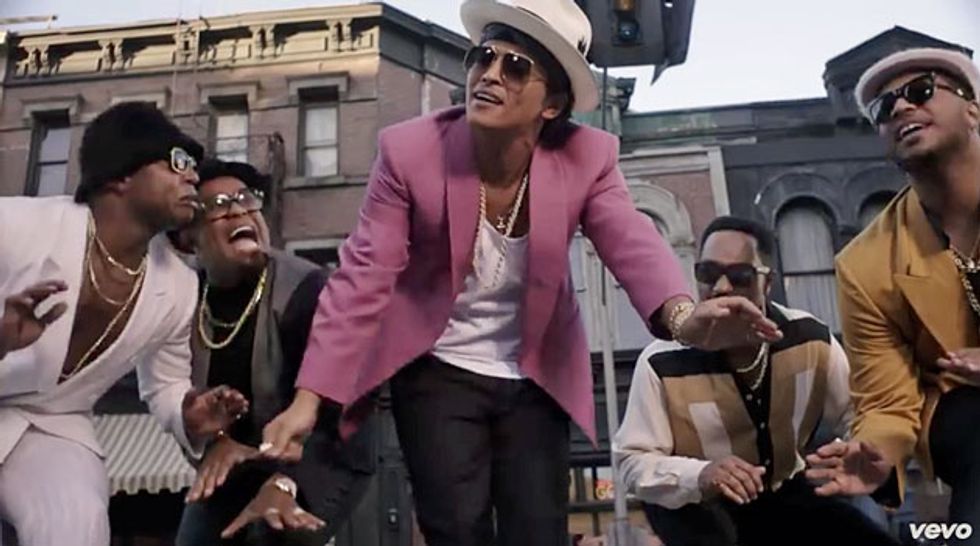

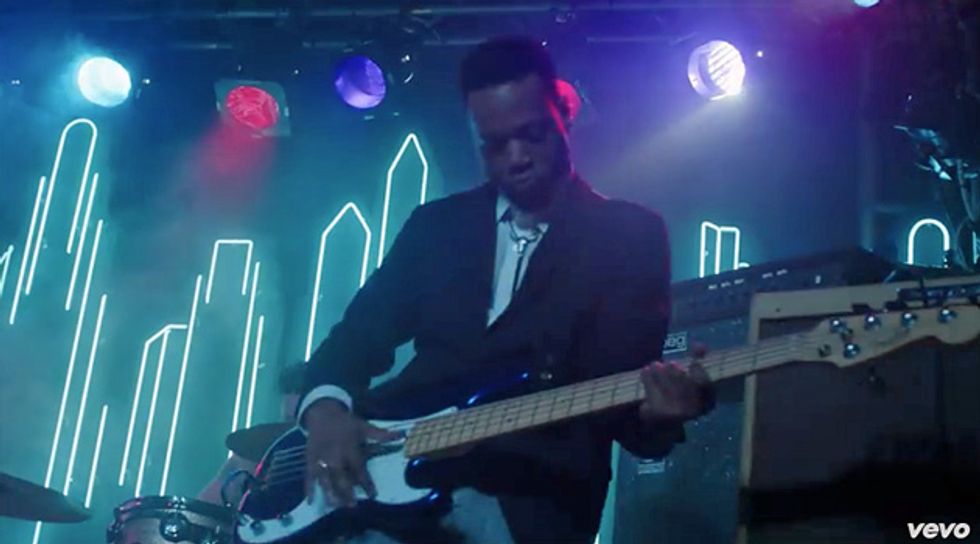

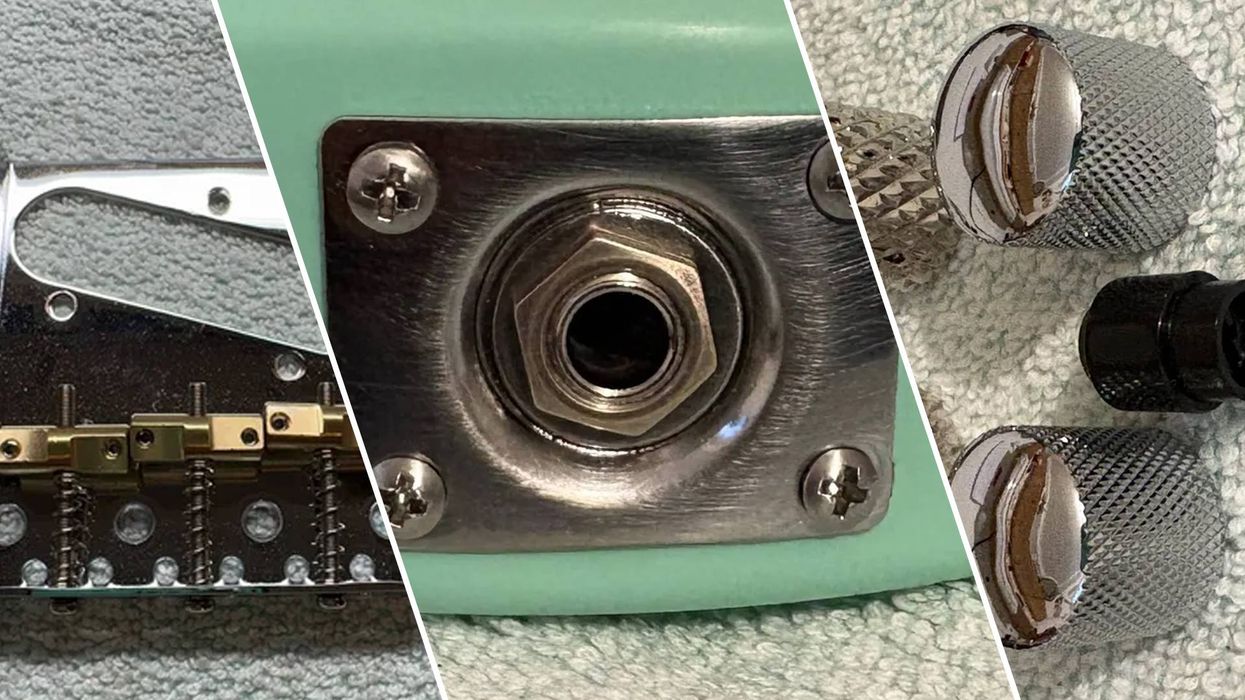







![Rig Rundown: Russian Circles’ Mike Sullivan [2025]](https://www.premierguitar.com/media-library/youtube.jpg?id=62303631&width=1245&height=700&quality=70&coordinates=0%2C0%2C0%2C0)


